A Brief History of Education in Colombia
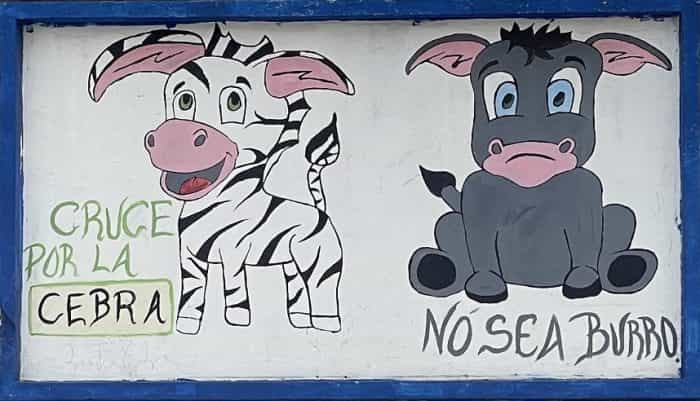
At the time of the revolution, 2 or 3 percent of the population could read. In a changing world that stat was not acceptable. Education was increasingly seen as a fundamental human right and, perhaps more importantly, it was more and more clear that thriving economies needed more educated workers, engineers, doctors, scientists, bureaucrats, and even generals.
In Furrows of Sorrows, Colombian History Pt. 6
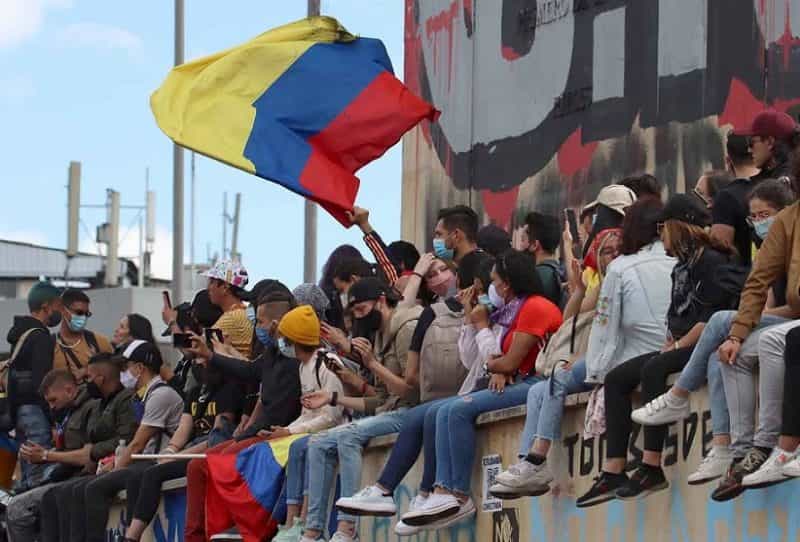
And, more importantly, I think that Núñez managed to capture an essential piece of the Colombian spirit. Though written more than a century ago, el Himno Nacional de la República de Colombia is a mixture of historical despair and tempered optimism that still defines the thoughts and feelings of many Colombian that I have met. The notion of themselves as a people full of life and happiness coexists, and perhaps sustains, scathing critiques of government abuses and clear-eyed assessments of narcotraficante power.
¡Yo Soy Un Pueblo! Colombian History Pt. 5

I am not a man, I am a people! Jorge Eliécer Gaitán, the man who embodied the hopes of so many Colombians, was shot dead on his way to lunch on April 9, 1948. The community that Gaitán represented died with him, unraveling, fragmenting, and descending into La Violencia. Riots started immediately in Bogotá and lasted into the night, resulting in as many as 3000 deaths and widespread property destruction that forever altered the development of the city.
A Framework of Legitimacy and Violence, Colombian History Pt. 4

Independence from the Spanish Empire did not, unfortunately, wipe away centuries of oppression. Colonial hierarchies remained firmly entrenched in people’s minds and material conditions. As one French diplomat observed, 1840s Colombia was a “republic where every man calls ‘master’ any individual whiter or better dressed than himself”
Plowing the Seas, Colombian History Pt. 3
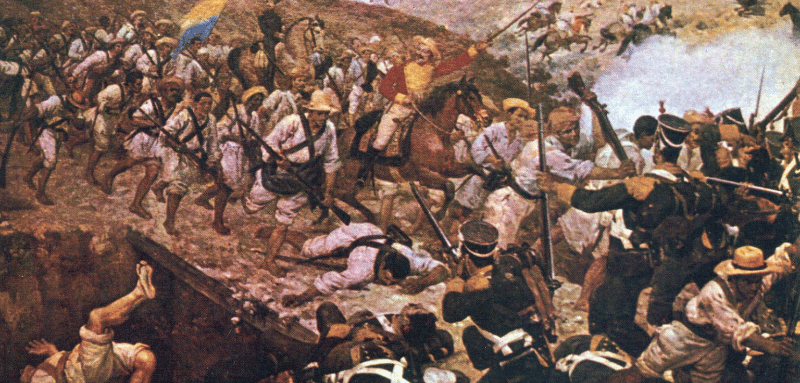
By the time of his death in 1830, Simón Bolívar had traveled over 75,000 miles on his feet or on the back of a horse. He had crisscrossed South America many times over in a dizzying number of campaigns, persevering though defeat, exile, and the loss of his vast inheritance in order to help liberate a continent…
Cruel and Fierce Inhumanity, Colombian History Pt. 2
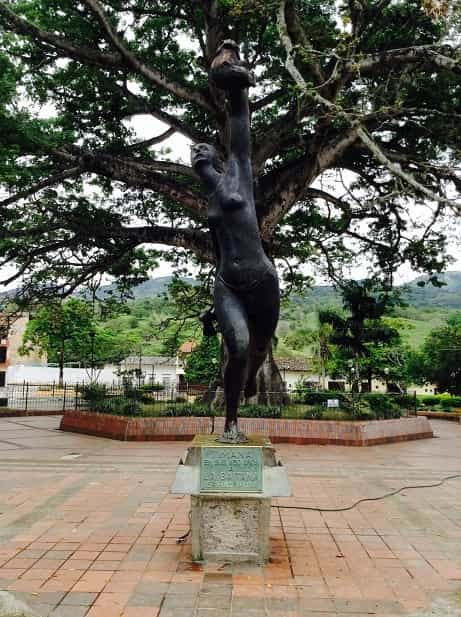
… home to a bold statue of an indigenous woman running with one hand holding an axe low and close to her waist as the other defiantly shoots into the sky to display the severed head of a Spanish nobleman. The artist has managed to capture the woman’s fluid bodily motion that surges up to her face crying out for liberation.
In The Beginning There Were Mountains, Colombian History Pt. 1
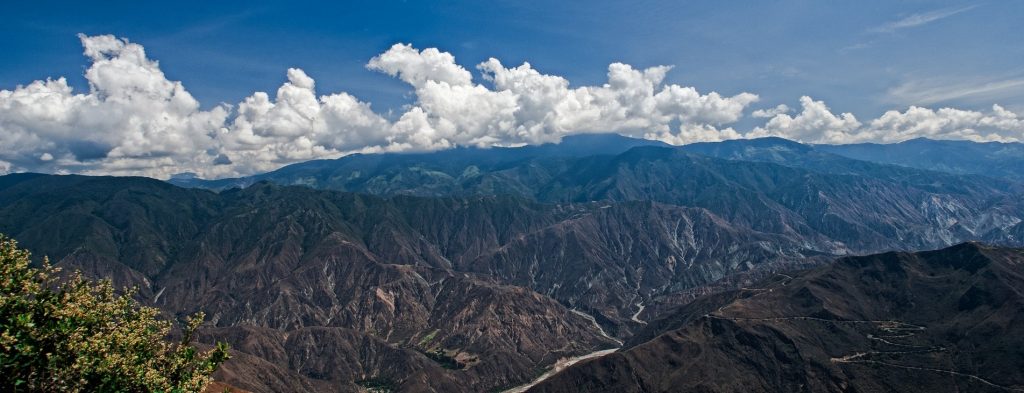
Three mountain ranges stretch across Colombia’s geography, history, and culture. “In the beginning there were mountains,” writes David Bushnell, marking the cordilleras as prime movers through which rivers, life, and imaginations flow. They are the backdrop and the fountain, giving rise to stunning biodiversity adapted to Andean peaks and to all of the gradients that fade into